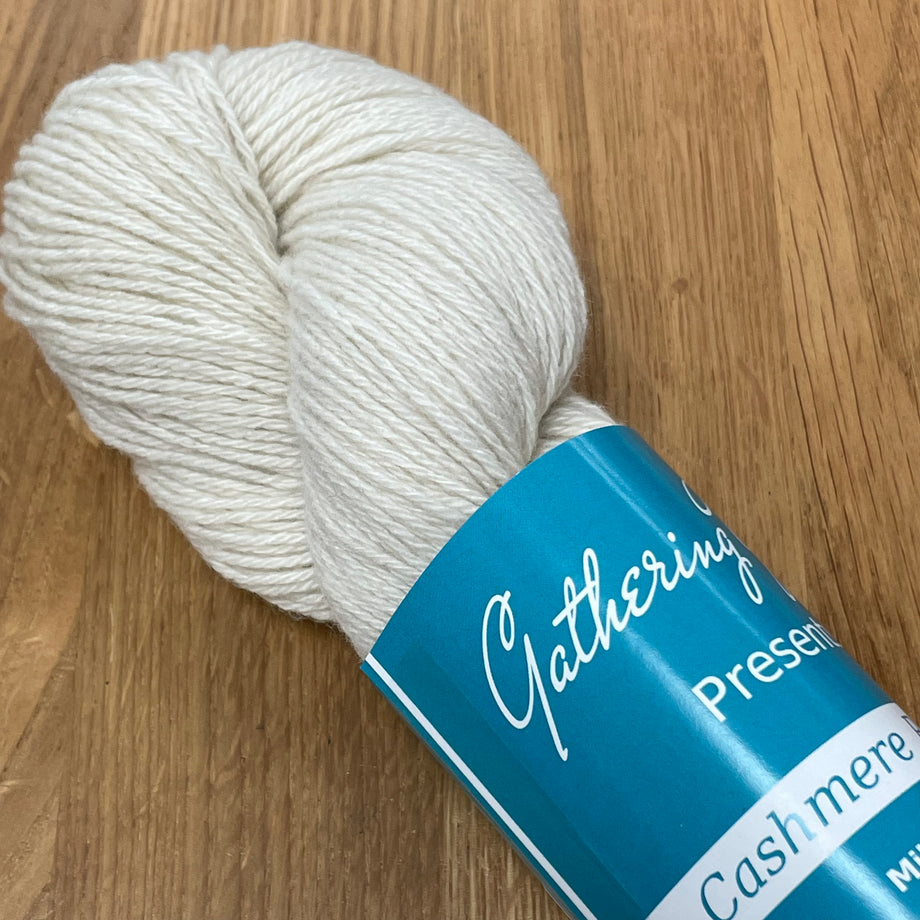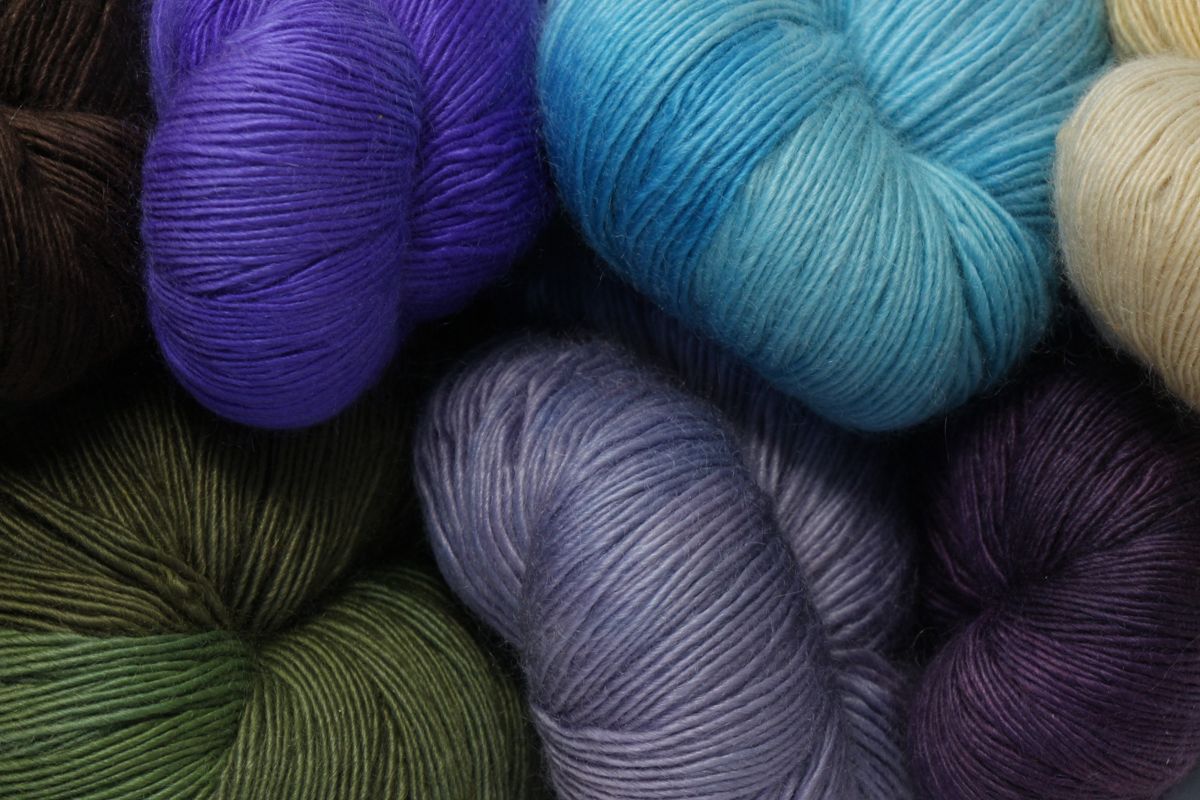The Intriguing Process Behind Producing cashmere Fibre and Its Uses
The Intriguing Process Behind Producing cashmere Fibre and Its Uses
Blog Article
Recognizing the Various Kinds of Cashmere a Natural Fiber and Their Unique Benefits

The Origins of Cashmere: A Historical Review
While the extravagant touch of cashmere remains to appeal modern consumers, its beginnings map back to the severe, cool climates of Mongolia and the Himalayas. For centuries, the native individuals of these regions have actually been elevating Capra Hircus goats, the prime source of cashmere woollen. These goats, resilient against the severe winters months, grew a fine undercoat to make it through, which later ended up being understood as cashmere. The name itself admires Kashmir, an area in India where the woollen was at first refined. Much of the very early cashmere profession route was helped with by the Silk Roadway, attaching Asia with the Center East and Europe. Despite its international spread, the finest cashmere is still thought to originate from the original regions of Mongolia and the Mountain Ranges.

The Manufacturing Process: From Goat to Garment
Shearing a Capra Hircus goat notes the creation of the complex cashmere manufacturing procedure. This fragile procedure commonly occurs yearly during springtime. The penalty, soft undercoat is after that separated from the coarser external hair, a procedure called dehairing. The resultant raw cashmere is then washed to eliminate pollutants such as grease, dirt, and vegetable matter.
The tidy fiber is subjected to dyeing, rotating, and weaving, or knitting, to change it right into a textile. Facility treatments such as quality assurance checks and completing processes follow, guaranteeing completion item preserves the extravagant criterion anticipated of cashmere. This meticulous procedure, from goat to garment, validates the high expense affixed to cashmere items, making them a sign of luxury and improvement.
The Various Sorts Of Cashmere: An In-depth Analysis

The One-of-a-kind Benefits of Cashmere: Comfort and Sustainability
Moving from the range of cashmere types to the advantages they supply, comfort and sustainability attract attention prominently. Cashmere, a natural fiber, is renowned for its unequaled soft qualities, supplying a level of comfort that synthetic fibers can't match. The product's agility, yet remarkable heat retention, makes it optimal for all seasons. Cashmere's natural flexibility enables it to return to its original shape, making it resistant to diminishing or stretching.
When it comes to sustainability, cashmere is biodegradable and renewable, as it's collected from cashmere goats that regrow their coats every year. what is cashmere. Unlike synthetic fibers which can take hundreds of years to decay, cashmere's influence on the environment is marginal. This mix of comfort and sustainability makes cashmere a valuable selection for mindful consumers

Caring for Your Cashmere: Maintenance and Conservation Tips
While cashmere is most certainly a sustainable and luxurious option, it calls for certain like keep its quality and extend its life-span. To start, cashmere need to be hand washed making use of chilly water and a light detergent. Stay clear of twisting or wringing the garment as it can damage the fibers. Rather, delicately eject excess water and lay it level on a towel to dry. Furthermore, cashmere items need to be saved in a completely dry and awesome location, far cashmere fibre from direct sunlight and wetness. Utilizing moth repellents can safeguard these garments from possible damages. Lastly, it's a good idea to avoid hanging cashmere to stop extending. Instead, fold and store them properly to maintain their shape and top quality gradually.
Buying Cashmere: Understanding Its Value and Worth
Although cashmere may at first seem like a costly financial investment, its long-lasting worth and worth ended up being evident when you consider its remarkable high qualities. Understood for its unequaled soft qualities and heat, cashmere is a costs all-natural fiber that exceeds various other products. Investing in cashmere, consequently, is not just regarding existing style fads, however concerning welcoming a sustainable, lasting, and luxurious lifestyle.
Verdict
In recap, the kind of cashmere one picks, be it Mongolian, Chinese, or Italian, is determined by specific choices for warmth, budget plan, sustainability, and deluxe. Comprehending the origins, production process, and one-of-a-kind advantages of different types of cashmere can guide customers in their financial investment in this elegant natural fiber.
Whether it's the outstanding heat of Mongolian cashmere, the affordability of Chinese cashmere, or the eco-conscious production of Italian cashmere, there's a story to be discovered behind each fiber kind. Cashmere, an all-natural fiber, is renowned for its unparalleled soft qualities, offering a degree of convenience that synthetic fibers can not match.When it comes to sustainability, cashmere is eco-friendly and renewable, as it's gathered from cashmere goats who regrow their coats each year. Recognized for its exceptional softness and warmth, cashmere is a premium all-natural fiber that outshines other materials. Recognizing the beginnings, manufacturing procedure, and unique benefits of various types of cashmere can guide customers in their financial investment in this elegant all-natural fiber.
Report this page